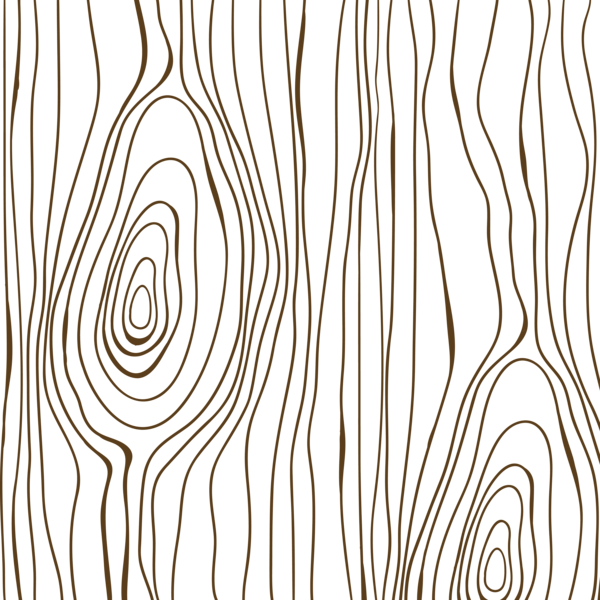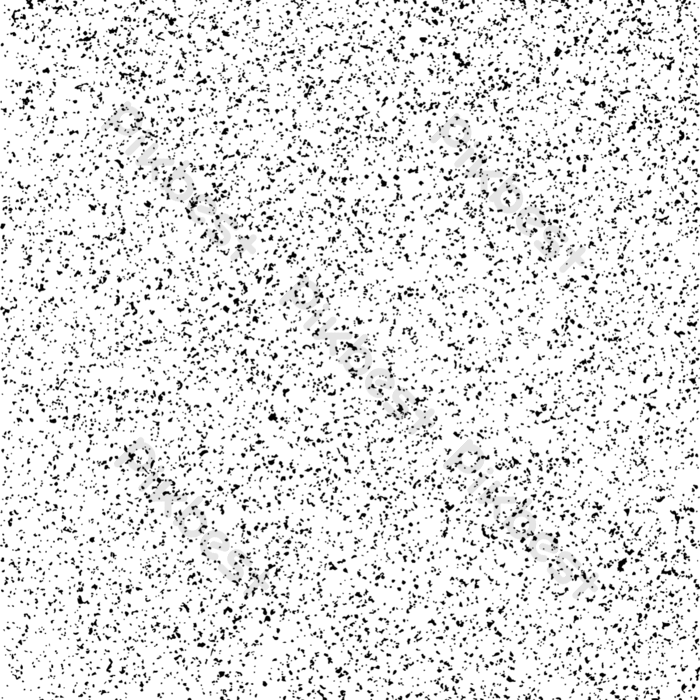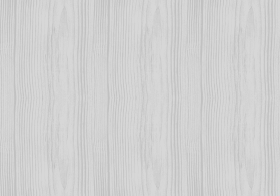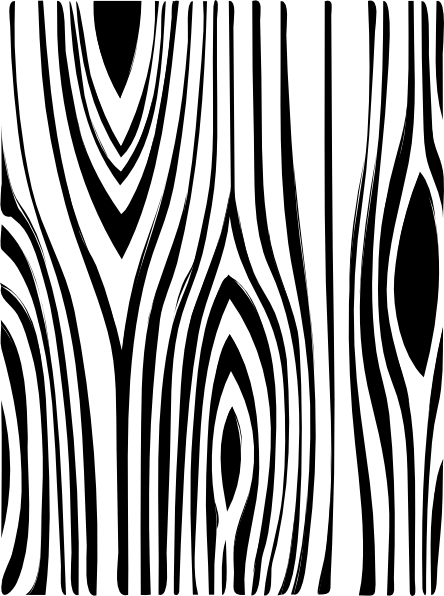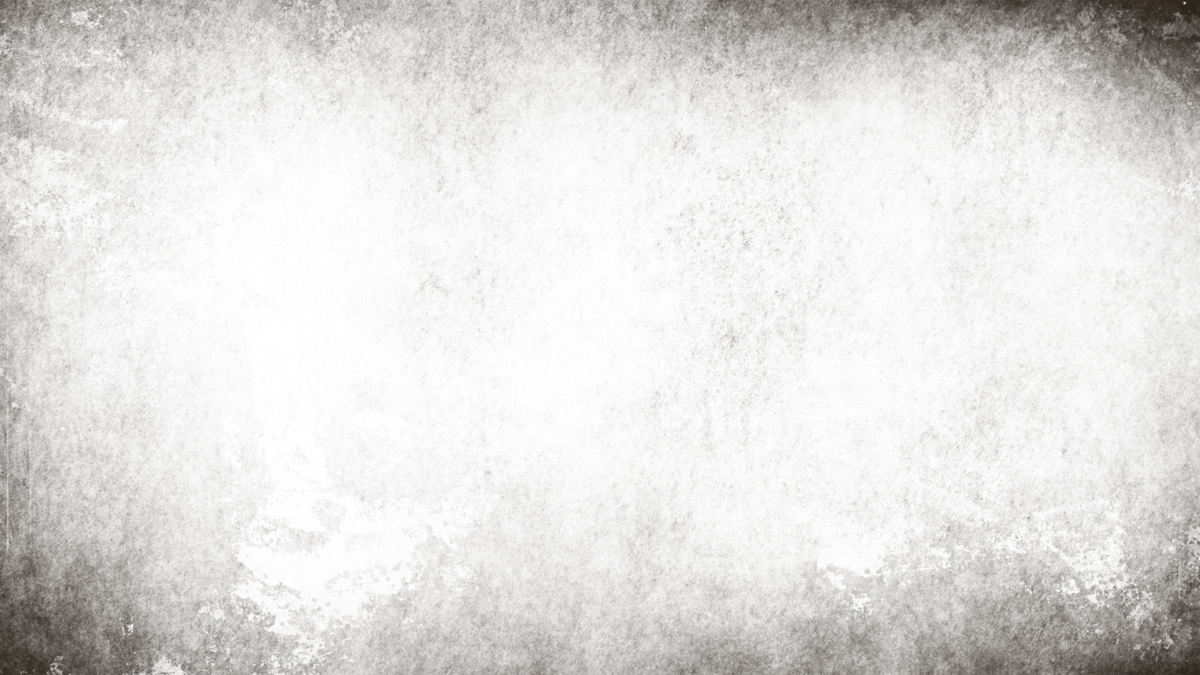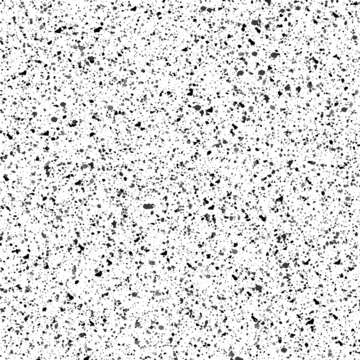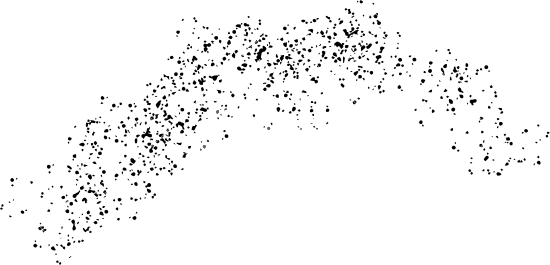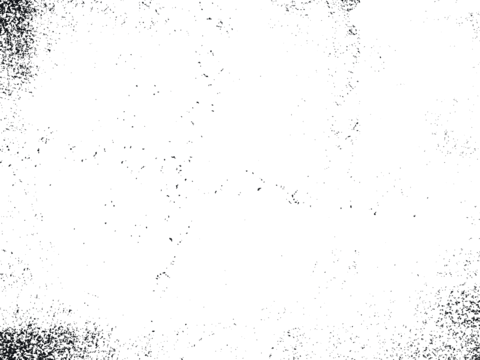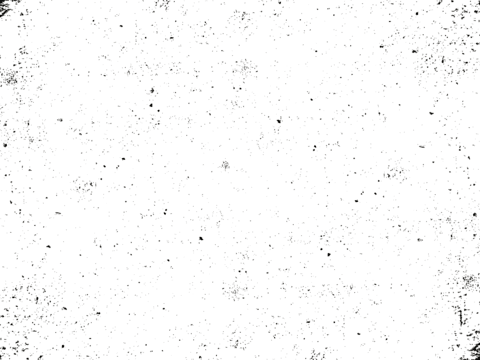Download top and best high-quality free Grain Texture PNG Transparent Images backgrounds available in various sizes. To view the full PNG size resolution click on any of the below image thumbnail.
License Info: Creative Commons 4.0 BY-NC
Grain texture is a term used to describe the physical appearance of wood. It refers to the visible lines and patterns in the wood that result from the structure of the tree. These lines and patterns are created by the growth rings of the tree, which are a result of the annual growth cycle of the tree.
Understanding the Growth Rings
The growth rings of a tree are created as a result of the tree’s annual growth cycle. During the spring and summer months, the tree grows rapidly, producing new wood cells. This new growth is known as early wood, and it is characterized by its light color and soft consistency. As the growing season comes to an end, the tree’s growth slows down, and the wood cells that are produced are much smaller in size and darker in color. This latewood, as it is known, is much harder and denser than early wood.
The alternating bands of early wood and latewood are what create the visible growth rings in the wood. These rings provide important information about the age of the wood, as well as its growth rate and the conditions in which it was grown. For example, a tree that is grown in a wet environment will typically have wider growth rings than a tree that is grown in a dry environment. Similarly, a tree that undergoes periods of stress or disease may exhibit irregular growth patterns in its growth rings.
The Importance of Grain Texture in Woodworking
For woodworkers, grain texture is an important consideration when choosing wood for a project. Different wood species have varying grain patterns, and the way in which the wood is cut can also affect its grain texture. Understanding the grain texture of a particular piece of wood is important because it can have a significant impact on the appearance of the finished product.
There are three main types of grain patterns that are commonly found in wood:
- Straight grain – this is the most common grain pattern, and it is characterized by straight, uniform lines that run parallel to the length of the board.
- Cross grain – this pattern is created when the growth rings run perpendicular to the length of the board, resulting in a more irregular pattern.
- Swirled grain – this pattern is characterized by irregular, swirling lines that are the result of the growth rings curving or twisting around the tree.
Each type of grain pattern has its own unique look and can be used to create different effects in woodworking projects. Straight grain, for example, is often used for furniture and cabinetry because of its clean, uniform appearance. Cross grain, on the other hand, can be used to create a more rustic or natural look. Swirled grain is often prized for its distinctive, eye-catching appearance.
Cutting Techniques and Grain Texture
The way in which a piece of wood is cut can also affect its grain texture. There are several different cutting techniques that are commonly used in woodworking:
- Plain sawn – this is the most common cutting technique, and it results in a straight grain pattern that runs parallel to the length of the board.
- Quarter sawn – this technique involves cutting the log into quarters and then cutting each quarter into boards. This results in a grain pattern that is more uniform and consistent, with straight grain lines that run perpendicular to the surface of the board.
- Rift sawn – this technique involves cutting the log at an angle, resulting in a grain pattern that is similar to quarter sawn but with fewer medullary rays.
Each of these cutting techniques can be used to create a different grain pattern, and woodworkers must consider the desired appearance of their finished product when choosing which technique to use.
Conclusion
Grain texture is an important consideration for woodworkers, as it can have a significant impact on the appearance of their finished projects. Different wood species and cutting techniques can create a wide range of grain patterns, each with its own unique look and feel. Understanding grain texture is an important part of woodworking, and taking the time to consider this important factor can help woodworkers create beautiful, high-quality pieces that will stand the test of time.
Download Grain Texture PNG images transparent gallery
- Grain Texture PNG
Resolution: 600 × 600
Size: 233 KB
Image Format: .png
Download
- Grain Texture Transparent
Resolution: 360 × 360
Size: 114 KB
Image Format: .png
Download
- Grain Texture
Resolution: 700 × 700
Size: 204 KB
Image Format: .png
Download
- Grain Texture Background PNG
Resolution: 280 × 196
Size: 50 KB
Image Format: .png
Download
- Grain Texture No Background
Resolution: 360 × 360
Size: 137 KB
Image Format: .png
Download
- Grain Texture PNG Clipart
Resolution: 640 × 360
Size: 137 KB
Image Format: .png
Download
- Grain Texture PNG Cutout
Resolution: 444 × 596
Size: 69 KB
Image Format: .png
Download
- Grain Texture PNG File
Resolution: 440 × 640
Size: 218 KB
Image Format: .png
Download
- Grain Texture PNG Free Image
Resolution: 540 × 360
Size: 178 KB
Image Format: .png
Download
- Grain Texture PNG HD Image
Resolution: 1200 × 675
Size: 1811 KB
Image Format: .png
Download
- Grain Texture PNG Image File
Resolution: 700 × 700
Size: 303 KB
Image Format: .png
Download
- Grain Texture PNG Image HD
Resolution: 1200 × 1200
Size: 1213 KB
Image Format: .png
Download
- Grain Texture PNG Image
Resolution: 360 × 360
Size: 206 KB
Image Format: .png
Download
- Grain Texture PNG Images HD
Resolution: 550 × 265
Size: 16 KB
Image Format: .png
Download
- Grain Texture PNG Images
Resolution: 480 × 360
Size: 20 KB
Image Format: .png
Download
- Grain Texture PNG Photo
Resolution: 3987 × 2902
Size: 7103 KB
Image Format: .png
Download
- Grain Texture PNG Photos
Resolution: 1200 × 900
Size: 90 KB
Image Format: .png
Download
- Grain Texture PNG Pic
Resolution: 440 × 640
Size: 299 KB
Image Format: .png
Download
- Grain Texture PNG Picture
Resolution: 480 × 360
Size: 26 KB
Image Format: .png
Download
